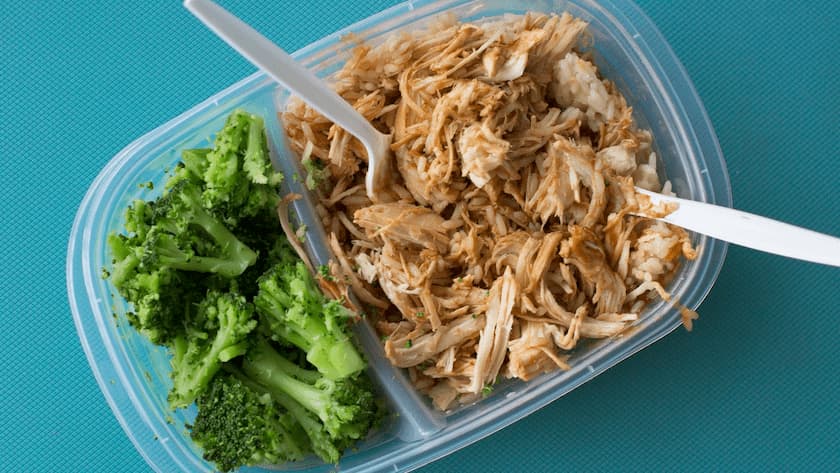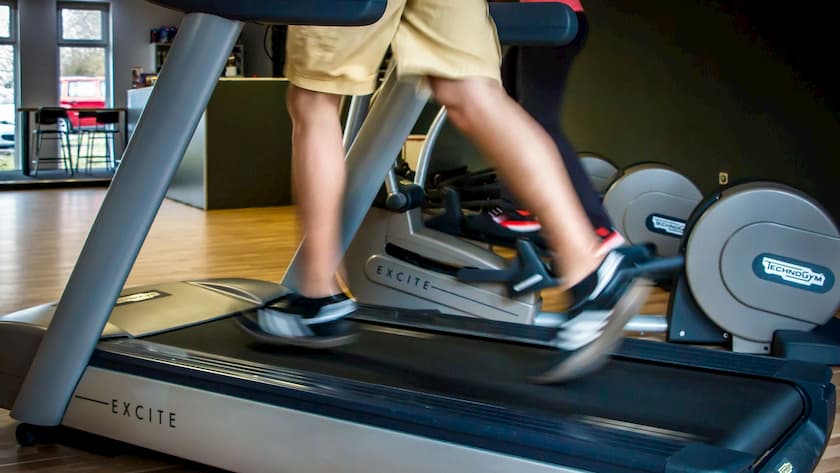When you achieve peak muscle fullness, your strength and gains in the gym will be exponential. Muscle fullness is essentially what gives your physique that eye-popping look and vascularity that bodybuilding competitors display at contests.
But muscle fullness is far from just superficial. When you eat the right nutrients for muscle fullness, you’ll be able to train harder and longer, not to mention your blood flow and pumps will be much better. You’ll also be less likely to injure yourself.
Want to know how you should eat for maximum muscle fullness? You’ve come to the right place.
Maximizing Your Muscle Fullness
In order to maximize your muscle fullness, you need to ensure you’re optimally storing carbohydrates (glycogen) within your muscle tissue. Another key factor is your water intake. Finally, you’ll need a healthy intake of electrolytes (such as our electrolyte hydration supplement Hydrasurge), particularly sodium and potassium. Of course, you should also be consuming adequate protein and fat, as well.
Now that you have an understanding of your objectives for maximal muscle fullness, the following sections will guide you through the process.
Carbohydrates for Muscle Fullness
Chances are you have heard of “carbohydrate loading,” which is common for athletes to do before a major sporting event. After you eat carbs, your body breaks them down for use as an energy source or stores them as glycogen in the liver or muscle tissue for future use.
Moreover, the more insulin sensitive you are, the better your body will be at storing and utilizing carbohydrates for muscle fullness. Thus, carbs are necessary for maximizing your muscular fullness. There is a number of foods that can be used for proper carbohydrate loading. Quantity is ultimately the most crucial factor, not necessarily quality.
If you’re of the mindset that you need a “Huge carb up to be swole, bro!” Let me assure you that train of thought is likely to leave you in a carb coma with more bloating than a whale on a rainy day.
Importance of Muscle Glycogen
Recall that carbs break down into glucose molecules, which may then be stored as glycogen in muscle, liver, and the brain as a long-term fuel source. The average 160 lb human body can deposit about 320 to 480 grams of glycogen in muscle tissue and around 50 to 100 grams in the liver.
However, the precise amount that you can store is variable according to your body mass and leanness. For example, someone who is considerably muscular and over 200 lbs might be able to retain over 700 grams of glycogen.
Naturally, you’re probably wondering what happens if you keep eating carbs once your glycogen stores are full. In short, you will start to experience what’s known as a “spilling over,” which means excess glucose begins to take up space in your tissues (more on this later).
Therefore, you need to eat the right amount of carbs for maximizing muscle fullness, but not too much. Your body only has so much space that can be filled with glycogen. Think of it as the gas tank of a vehicle. If you’re fairly lean, a safe starting point is two grams of carbohydrates per pound of body weight, daily.
Water for Muscle Fullness
Arguably the most important thing to be aware of is that glycogen NEEDS to be stored with water. When your muscles are full of glycogen, water will follow along.
Glycogen is approximately three to four parts water, meaning each gram of glycogen draws about three to four grams of water. The mix of glycogen and water stores in your skeletal muscle is ultimately what provides muscle fullness.
The glycogen-to-water ratio in the average person is about one gram of glycogen per 2.7 grams of water. However, with proper carb loading and electrolyte balance, you can increase that proportion to a 1:3 or 1:4 ratio. This shows us just how crucial water is; it is accountable for actually “filling” your muscle tissue.
Your body is upwards of 65% water content; of this 65%, about 2/3rds of it is located within the intracellular fluid, part of which is inside muscle cells. The other third is the extracellular fluid found outside of your cells.
Water Balance
The water balance of your body naturally works in your favor. Most of the fluid in your body is held in the intracellular compartments, and plasma fluid is another positive thing as it means positive blood flow and a better pump. So only a small percentage of water is held in the area between cells.
Nevertheless, once your muscle tissue is full of glycogen, there comes a point where the glucose needs a different place to go. In such instances, glucose and water will tend to migrate towards interstitial spaces.
The essential thing to remind yourself is that water follows nutrients, especially glucose and salts. With this basic grasp of how your body carries water, you can be more exact with your muscle fullness approach.
The typical gym-goer will stay plenty hydrated with no less than one gallon of water per day. You can drink more if necessary, but don’t overdo it, either.
Electrolytes for Muscle Fullness
While water and carbs are the primary components necessary for maximizing muscle fullness, potassium and sodium intake is the icing on the cake, so to speak. These electrolytes remain the most misunderstood components in a proper diet for muscle fullness.
Firstly, be aware that potassium works together with sodium to control cellular water balance. Potassium is abundant inside your cells, acting to attract water into cells, whereas sodium is abundant outside of your cells. It’s key to note that sodium plays many other roles throughout the body, and serves as a crucial mediator of blood volume. High sodium intake creates an increase in your blood volume, which amplifies muscle fullness.
Recall that water follows solutes throughout your body. Sodium helps your body hold water, as does potassium and glycogen. However, for muscle fullness, your goal isn’t to simply “hold water,” but rather “hold water in beneficial areas,” especially your skeletal muscles.
The dilemma is that the Na/K pump needs both potassium and sodium to work correctly. The Na/K pump operates by transporting two potassium ions into your cells while moving three sodium ions out of your cells. Potassium can not make it into your muscle cells to offer more fullness without sodium. If you cut your sodium intake, then the Na/K pump will stop working optimally and potassium will start to accumulate in the extracellular fluid, leading to a bloated look.
For the most part, a ratio of 3:2 of potassium to sodium works well for maximizing muscle fullness. So if you consume 3,000 mg of sodium per day, aim for about 4,500 mg of potassium.
Take-Home Points
- Carbohydrates must be stored in skeletal muscle tissue (as glycogen) along with adequate water to enhance your muscle fullness.
- Potassium and sodium work in tandem to regulate cellular water balance.
- Sodium is an essential modulator of blood volume and necessary for perpetual vasodilation and muscle fullness.
- Most importantly, start on the lower side when altering your food, water, and electrolyte intake. Then, use small changes over time to find your sweet spot for muscle fullness.




Leave a comment
All comments are moderated before being published.
This site is protected by hCaptcha and the hCaptcha Privacy Policy and Terms of Service apply.